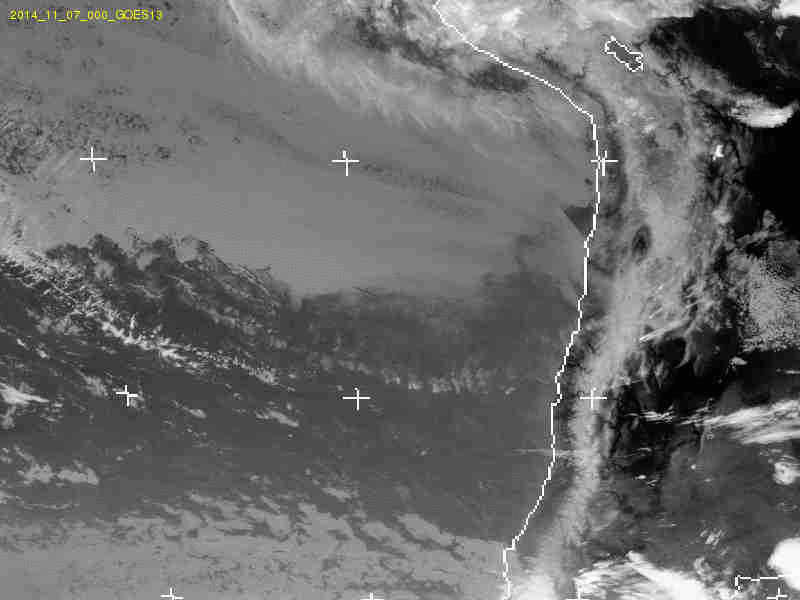To date more than thousand exoplanets have been detected in the neighbourhood of the Solar System but the precise mechanisms by which planets are formed are still largely unknown. The situation is particularly worrying for giant planets for which two very different formation theories exist, namely core accretion and gravitational instabilities. Planets are formed in circumstellar discs around young stellar objects and the best places to look for signs of planetary formation are the so called "transition" discs. We study the physics of transition discs and the planet formation process using theoretical models as well as observations with ALMA, SPHERE and sparse aperture masking at the VLT, Gemini/GPI, and the Magellan telescopes. We closely collaborate with the compact binary group (also led by M.R. Schreiber) and are part of the Millennium ALMA Disk nucleus.
Investigators:
Professors: Matthias Schreiber
Postdocs: Claudio Cáceres - Héctor Cánovas
Students: Adam Hardy (PhD) - Daniela Iglesias (PhD)
Former members:
Gisela Romero (Universidad de La Plata, Argentina) - Marianna Orellana (Universidad de La Plata, Argentina)





